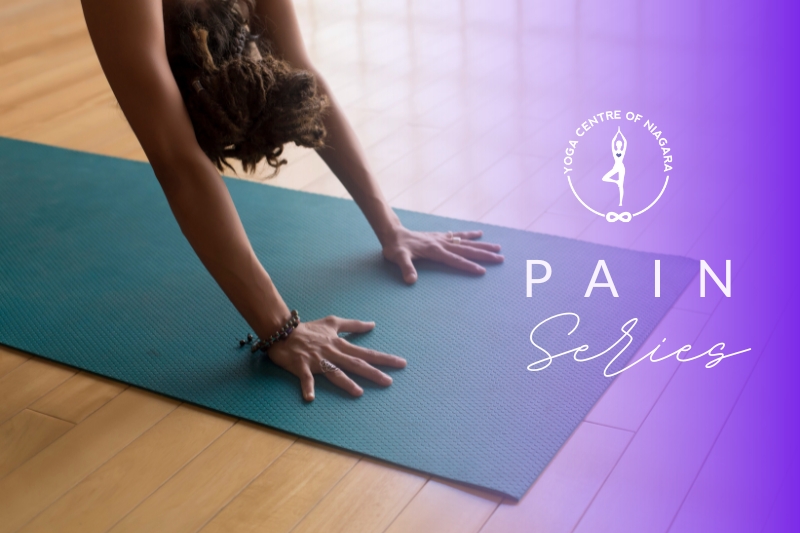
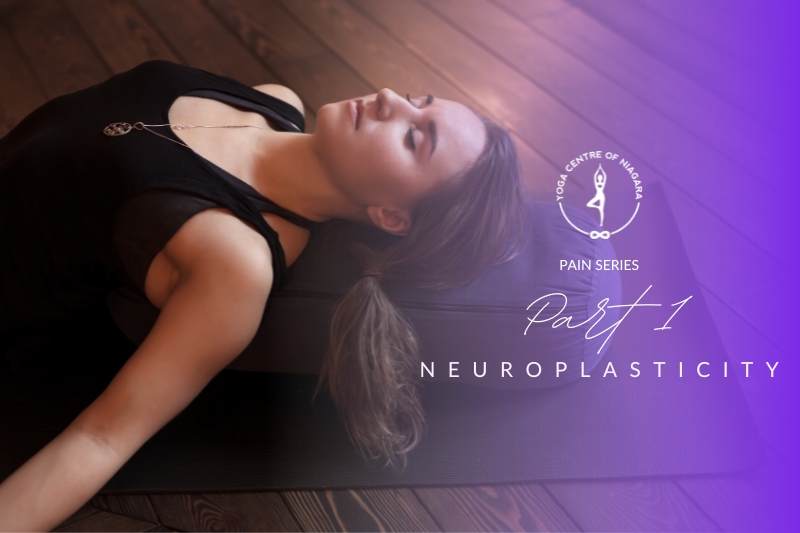
Part 1 – Neuroplasticity
We often talk about change or transformation from an outside perspective.
We create new habits or patterns and we see the results of that change in our environments: physical, social, spiritual, emotional, etc. Creating change is an inside job…inside your brain. Yes, the gray matter undergoes physical changes and that is reflected in what we see or experience in our environments.
Inside of our brains, we have a series of neuropathways. These pathways are similar to roadways. Some are super highways, two lane highways, streets, country lanes, dirt roads or foot paths. There are even undiscovered areas. Our brains like to drive on the paths of least resistance. If you are in Niagara and want to go to Toronto, our brain likes to travel the highways. This can make change challenging…not impossible!
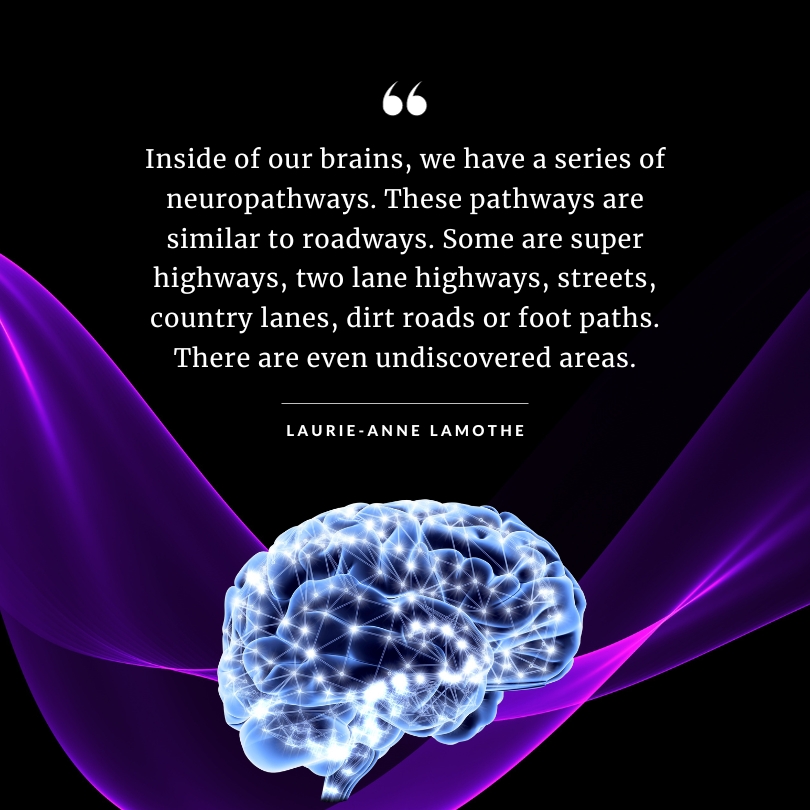
Neuroplasticity is the brain’s ability to rewire and reorganize. This is an emerging field of study.
It was once believed that our neuropathways were formed in childhood. However, we now know that is not true. The neuro network in the brain can change and continues to change throughout our lives. You CAN create change or transformation regardless of your age!
You can turn dirt roads into super highways as well super highways can turn into dirt roads. Even discover new brain terrain! This is scientifically proven. I have been teaching this to my coaching clients for over 20 years now. In yoga, savasana helps to build these new neuropathways.
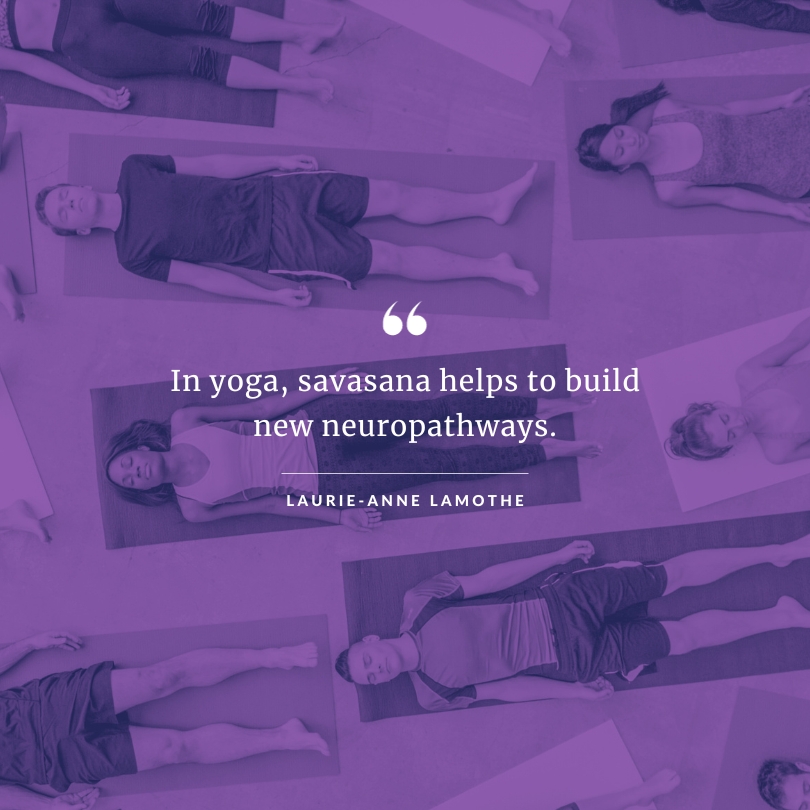
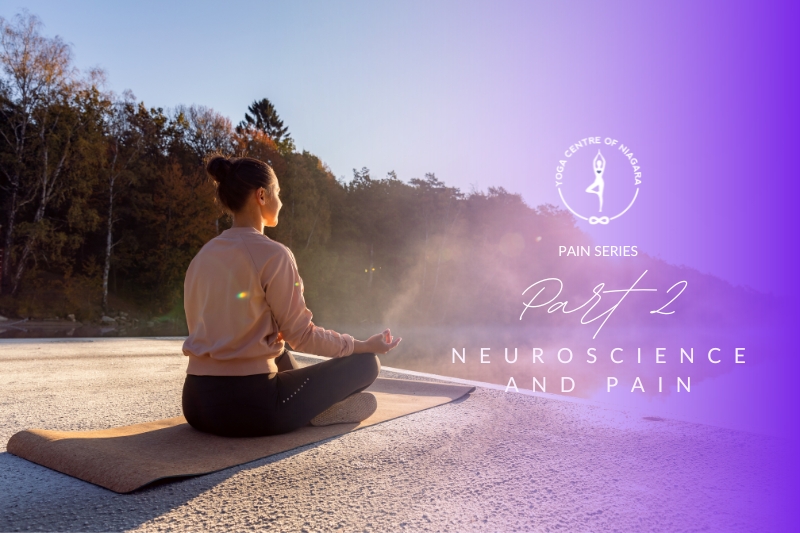
Part 2 – Neuroscience and Pain
I love neuroscience! I have been interested in this field of study for many years.
My grasp of this knowledge is basic. I am not a neuroscientist…though I would love to be one! Neuroscience is a broad field of study that examines both the physical structure as well as the function of the brain and nervous system. These wide fields of study that include social neuroscience, cognitive neuroscience and behavioural neuroscience. Neuroscience also studies how the brain processes pain.
Let’s talk about pain. The International Association for the Study of Pain (IASP) was formed in 1974. In 1979. This definition remained as the standard definition until 2020. The 1974 definition did not consider a person reporting pain in the absence of tissue damage. They had determined that was more of a psychological reason than a physical reason. That’s why we would often hear, “That’s all in your head.” It is all in your brain but, not in the way that they thought!
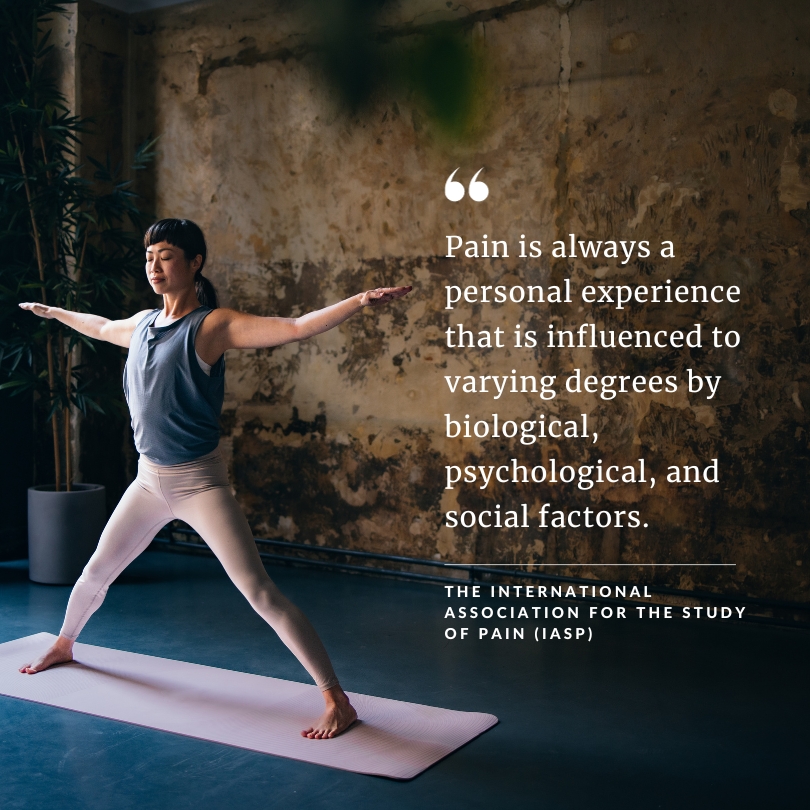
The 2020 definition and notes:
“The definition is: “An unpleasant sensory and emotional experience associated with, or resembling that associated with, actual or potential tissue damage,” and is expanded upon by the addition of six key Notes and the etymology of the word pain for further valuable context.
- Pain is always a personal experience that is influenced to varying degrees by biological, psychological, and social factors.
- Pain and nociception are different phenomena. Pain cannot be inferred solely from activity in sensory neurons.
- Through their life experiences, individuals learn the concept of pain.
- A person’s report of an experience as pain should be respected.
- Although pain usually serves an adaptive role, it may have adverse effects on function and social and psychological well-being.
- Verbal description is only one of several behaviors to express pain; inability to communicate does not negate the possibility that a human or a nonhuman animal experiences pain.” International Association for the Study of Pain 2020
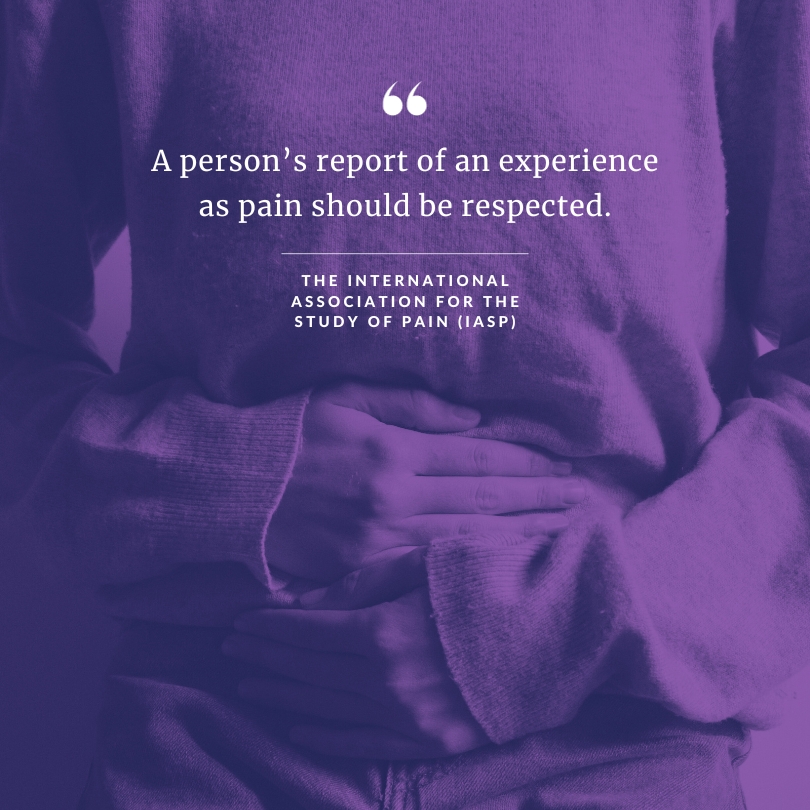
Nociception is the perception of pain.
For the first time, they acknowledge that animals experience pain. This was three years ago.
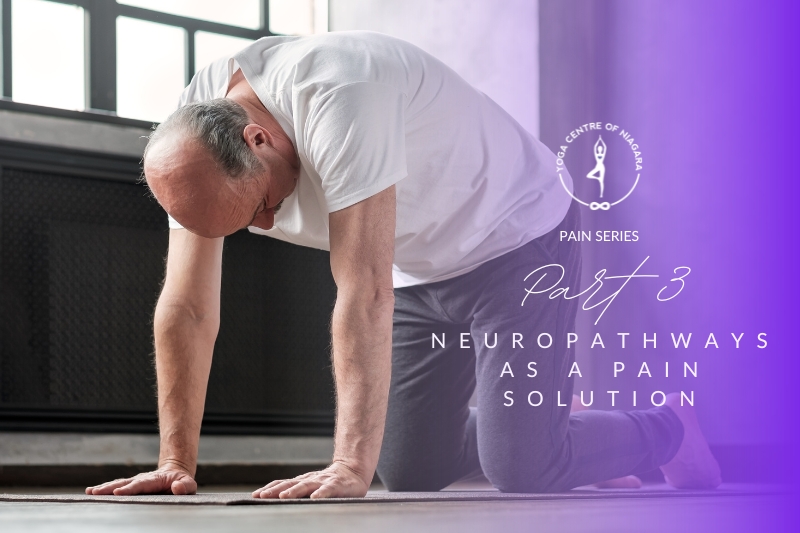
Part 3 – Neuropathways as a Pain Solution
In this final installment, neuropathways as a pain solution.
A reminder that I am not a neuroscientist, I just love pain science!
Is the pain all in your head? Simply, yes! It is all in your brain! If you keep doing what you are doing, you are going to get what you got! Listen, it’s not easy to change how you perceive pain. The pain is real and we need to honour that.
Part of what I do as a blossoming yoga therapist is to teach people how to move differently to change their neuropathways as a way to reduce pain. Consider this—neuropathways are like roads. When you want to go to a friend’s house, you get in your car and drive on the roads to get there. You pick the easiest path. Now what if that path leads you to the wrong house? The place you never intended to go. Then you keep going down the same path because it is the easiest way to go. And you keep ending up at the wrong house. You pull out your GPS and set the route to your friend’s house. You get there. It’s where you wanted to go.
The next time you want to go to your friend’s house, you decide you know where it is and you go without a map. You’ve guessed it! You’re back at the wrong house. Then you try to figure out how that happened. From a neuropathway perspective, your brain has not developed the route to your friend’s house. That route has not developed in your brain. Your brain always takes the easiest path! Practice is what you need before you turn off your GPS.
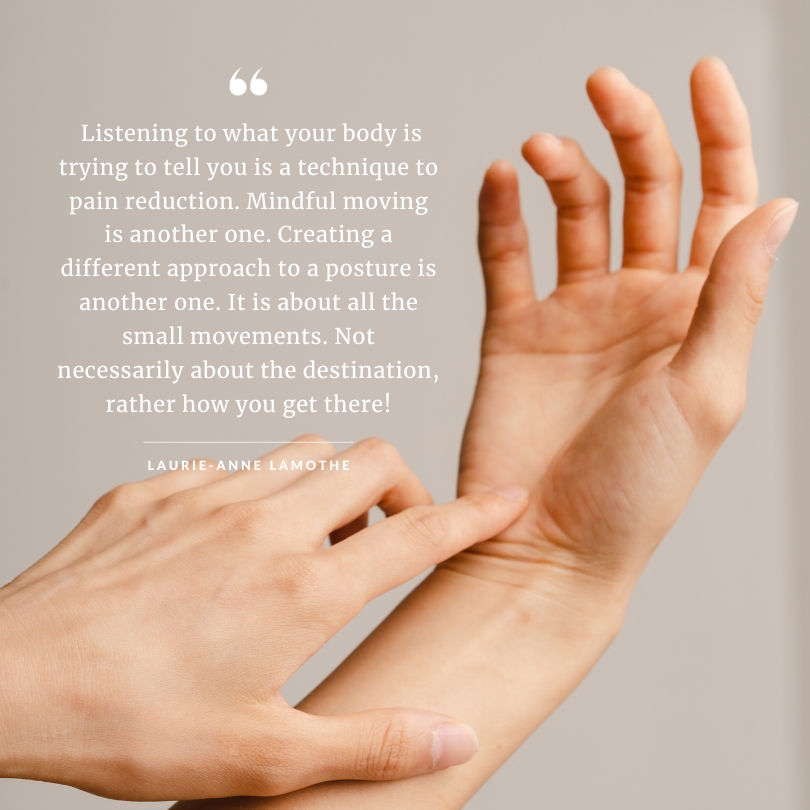
We are bioplastic. We can change and so can our tissue and our brains! Age is not a factor when it comes to this type of change! We can change the soft tissue of our bodies to create a more supportive environment for our joints.
Here’s an example. You have arthritis in your hands. When you do your yoga class, you notice that your hands hurt more. The teacher is cuing lengthen through your fingers (like in side bends). What if you didn’t listen or didn’t stretch quite so hard reducing the tension in your hands? Listening to what your body is trying to tell you is a technique to pain reduction. Mindful moving is another one. Creating a different approach to a posture is another one. It is about all the small movements. Not necessarily about the destination, rather how you get there!
There is an excellent article from the Toronto Poly Clinic that talks more about this subject if you want to explore more. Click here to read the article.
